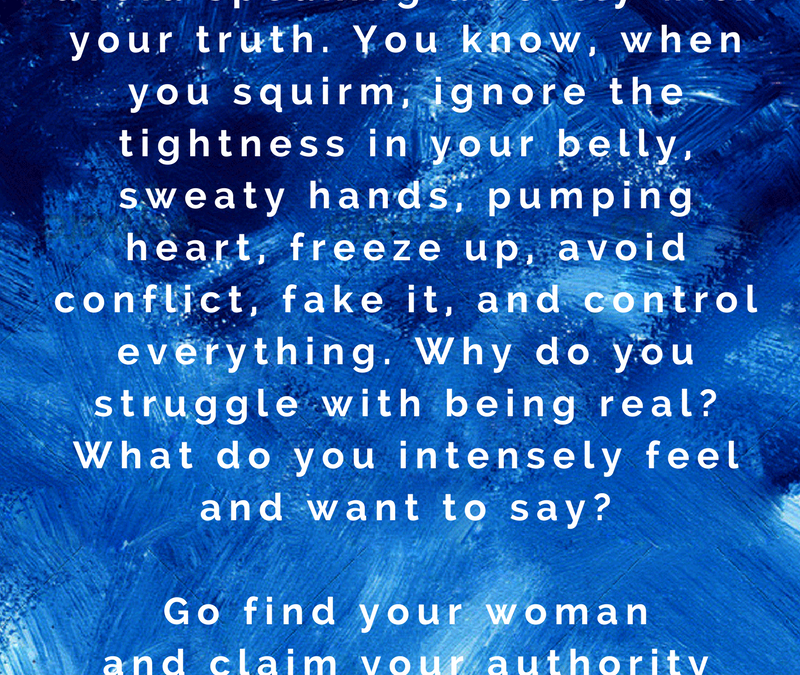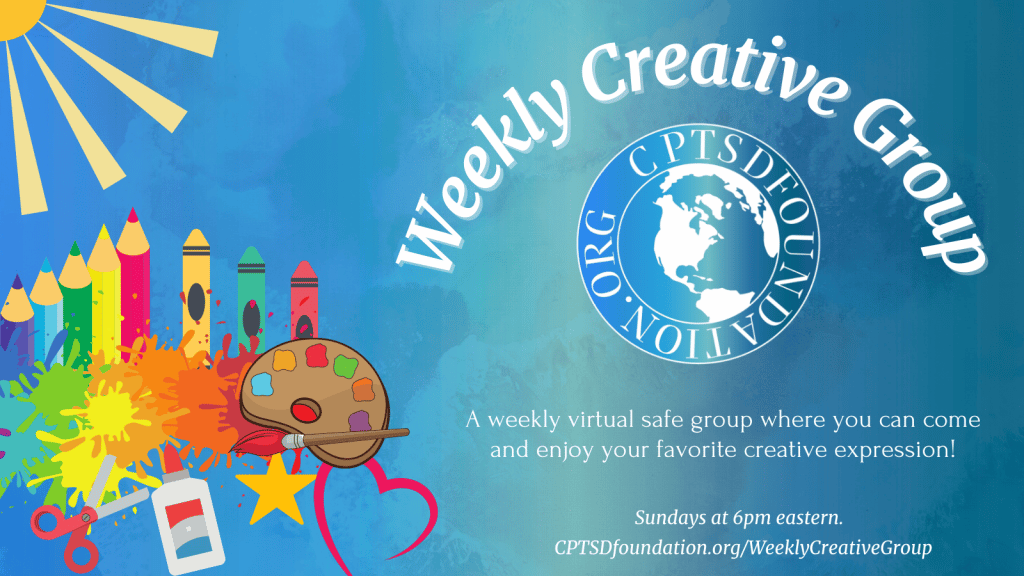Part 2 of 2 (Part 1: https://cptsdfoundation.org/2025/03/20/coming-into-the-body-part-1-of-2/)
Eugene Gendlin’s Felt Sense Process
- First, just get yourself comfortable — feel the weight of your body — loosen any clothing that is too tight —
- Spend a moment just noticing your breathing — don’t try to change it — just notice the breath going in — and out —
- Now, notice where you have tension in your body (pause) —
- Now, imagine the tension as a stream of water draining out of your body through your fingertips and feet (pause) —
- Breathe into any tension and running thoughts. Pay attention to the shoulders, jaw, stomach, feet, hands, or chest. Now, see what comes when you ask, “What bothers me? What is the main thing for me right now?” Whatever emerges—an image, memory, sensation, or feeling—does not have to make sense.
- When concern comes up, DO NOT GO INSIDE IT. Breathe, slow down. Let there be a little space between you and the resistance. Wait again and sense. Breathe, allow, explore if you can.
- Bring to mind an incident or a situation that was troublesome for you this week (pause as long as necessary) — think about it or get a mental image of it —
- Bring back the feeling or sensation you had in that situation (pause) — not words, but the “intuitive feel” of yourself in that situation —
- Goosebumps
- Empty
- Jumpy
- Tingling
- Tight-knotted/butterflies in the stomach
- Choking
- Dizzy
- Nauseous
- Palpitations
- Shaky
- Crunching teeth
- Tight-fisted
- Swinging foot
- Pins and needles
- Headaches
- Sweaty, hot, then cold
- Nail biting
- Carefully find words or an image for that experience. If you find the feeling in the felt sense from the incident or memory, fear, grief, rage, sadness, hurt, etc., then you can begin to paint, write, or sit and accept this feeling with love and understanding. Don’t try to fix it or analyze it. Feel compassion. The inner child only wants to be seen, heard, accepted, and loved.
- Go carefully back and forth between any words and the “intuitive feel of the whole thing” until you find words or an image that are just right for it as you intuitively write, paint, or move in it.
- Ask yourself, “What is so hard about this situation for me? “and wait, at least a minute, to see what comes in your wordless intuition, your whole-body sense —
- Ask yourself, “How old am I in this situation? What is the repetitive trauma that I hold and repeat to keep me safe by going numb?”
- Again, carefully find words or an image that exactly fits that whole feeling — going back and forth until the symbols are “just right.”
- Now, ask yourself, “What’s in the way of giving unconditional acceptance to my inner child?” and, again, don’t answer from your head what you already know, but wait, as long as a minute, for something new to come into the center of your body, more like a wordless intuition or whole-body sense —
- Now, imagine what the situation is with total acceptance.
- Again, carefully find words or an image for that, “whatever is in the way” — go back and forth until the symbols are “just right.”
- Now, see if you can find some small step you might be able to take to move yourself with lovingkindness— again, don’t answer from your head, don’t fix it, or make a to-do list, but wait as much as a minute for the wordless, intuitive “feel,” the bodily felt sense of an answer to arise — go back and forth until the symbols are “just right.”
- Check with your “intuitive feel,” “Is this right? Is this really something I could try doing?” — If your “intuitive feel” says, “Yes (some sense of release, relaxation), I could try that,” then you can stop here.
- If your “felt sense” says, “No, I can’t do that” or “That won’t work,” then ask yourself again, “What small step would work-—-
- Whether a “solution” has arisen or not, appreciate yourself and your body for taking time with this, trusting that pausing to take time is the important thing — solutions can then arise later.
Image provided by the author.

Marta Luzim, MS has worked with women, families, and couples for over forty years. She is a Psychospiritual Therapist with an MS in Counseling Psychology and a BS in Education. She is an expert in womens’ story-telling and a Next Level Practitioner in trauma. Marta holds certifications as a Kaizen creative coach and metaphysician; she is an intuitive intimacy trainer, mindfulness breath worker, and Kabbalah of Character expert. She is a self-published author, has published articles in Citysmart Magazine on creativity, healing, and women’s issues, is the third-place winner poet of Smell of Brooklyn Bricks through the Story Circle Network, and is an artist and playwright. Her novel, The Calling, and her book, Heart of A Woman, can be found on Amazon. In addition, Marta is the president of Give Her A Voice, Inc., a 501c3 organization that produced The Telling, a multi-media theatrical performance of women’s stories of recovery. www.giveheravoice.org She is currently working on her memoir on her soulful journey recovering from trauma. She can be reached at [email protected] and her website is: www.womenswayin.com




